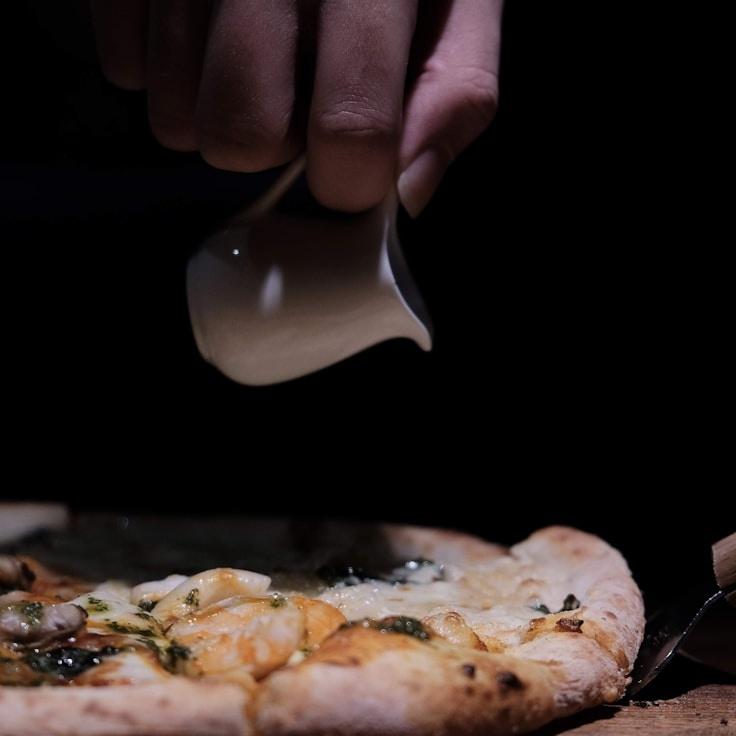Here at SunRidgePath, our credo is that superb pizza is born from superb dough. With a track record of over thirty years refining our recipe, we're thrilled to divulge a few of our dough secrets, albeit holding back our cherished formula. Embrace these core tenets to achieve pizzeria-style pizza dough within your own dwelling.
The Flour Is Key
A premium pizza dough is erected upon superior flour. 00 flour, an exquisitely milled Italian flour with an approximate protein content of 12%, is our recommendation. It strikes a splendid harmony between resilience and suppleness. In its absence, bread flour can serve as a viable alternative with a discernible change in texture.
Managing Water's Temperature and Dough's Hydration
Fermentation time and dough development are impacted by water's heat. Opt for cold water near 45°F (7°C) to cultivate slow fermentation and enhanced taste. Conversely, lukewarm water around 85°F (29°C) accelerates fermentation. Aim for hydration levels from 60-70% when melding flour and water for most household ovens.
Less Yeast, Greater Patience
In pursuit of a more richly flavored dough, a minimal yeast approach coupled with elongated fermentation is key. We use a mere 0.2% fresh yeast compared to the flour weight, allowing a 24-48 hour fermentation process. This gradual method is what unfolds complex taste profiles while yielding a more digestive-friendly dough.
Salt's Dual Purpose
Salt isn't simply for seasoning—it fortifies the gluten framework and tempers yeast activity. We swear by fine sea salt at a ratio of 2.5-3% of the flour weight, mixed after the commingling of your flour and water to block direct contact with the yeast.
Fermentation Artistry
Subsequent to mixing, the dough should undergo a bulk fermentation stage at ambient temperature for a couple of hours, followed by division into distinct balls and a refrigeration period lasting 24-72 hours in sealed containers. It's this period of cold fermentation where the alchemy unfolds—enzymes methodically convert starches into sugars, imparting the flavorful and visually appealing crust.
Delicate Handling
When pizza day arises, withdraw your dough from the chiller 1-2 hours in advance of baking to permit a return to room temperature. Embrace a tender touch when shaping the dough to maintain the air-filled pockets. Rather than rolling, utilize fingertips to guide and extend the dough.
The Culminating Factor: Thermal Intensity
While we can reach scorching temperatures of 850°F (454°C) in our wood-fueled ovens, most home ovens have their limit around 550°F (288°C). Counter this by preheating a pizza stone or steel for at least one hour, ensuring the vigorous bottom heat needed for a well-browned crunchy exterior and fluffy interior.
The quest for impeccable pizza dough is an evolutionary process, each attempt a lesson. We advocate for meticulous note-taking, the adjustment of variables, and a tailored discovery of practices for your personal kitchen.
Keen to witness our dough-crafting ritual firsthand? You're invited to attend our monthly pizza workshops where Chef Julia elucidates these very techniques. Peek at our events calendar for forthcoming sessions!

